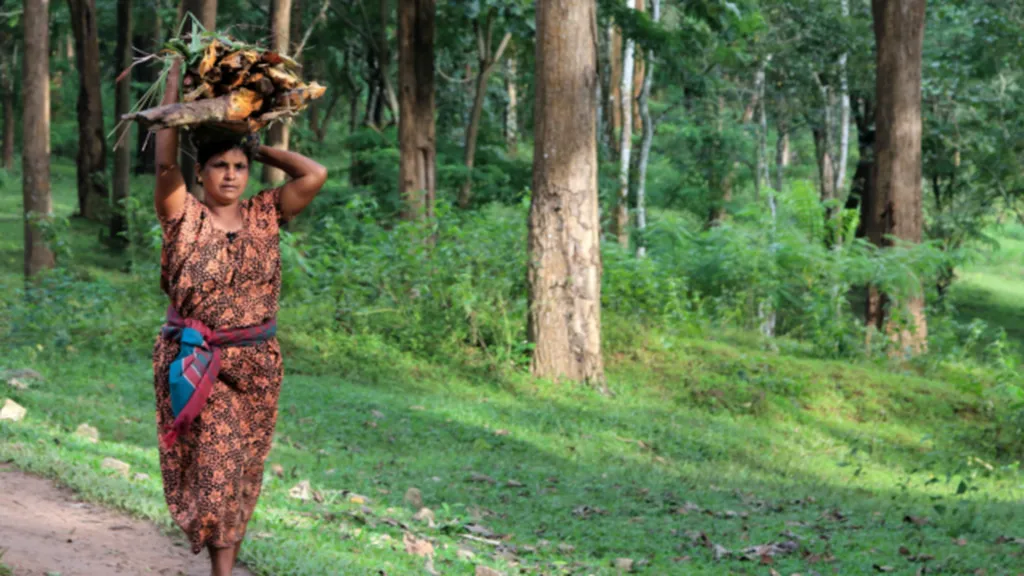In the heart of India, where dense forests meet vibrant tribal cultures, a new study is shedding light on the intricate web of sustainable livelihoods that could redefine the future of agriculture and forestry. The research, published in the ‘International Journal of Bio-Resource and Stress Management’, delves into the lives of tribal communities in Jharkhand, a state teeming with biodiversity and natural resources.
The study, led by Jitendra Patidar from Jawaharlal Nehru Agricultural University, Jabalpur, Madhya Pradesh, explores how tribal people harness an array of Non-Timber Forest Products (NTFPs) to create a sustainable livelihood. These products range from fuel wood and lac to medicines and handicrafts, forming a complex ecosystem of economic activities.
“Forest based livelihoods by the tribal people mainly revolve around collection, processing and utilization/selling of various NTFPs,” Patidar explains. This intricate system is built on five core assets: physical, natural, financial, human, and social capital. The study highlights how these assets interact with various independent variables, such as socio-personal, economic, psychological, communication, and situational factors, to shape the livelihoods of tribal communities.
The commercial implications of this research are profound. By understanding the dynamics of these livelihoods, the agricultural sector can develop more effective poverty reduction strategies and sustainable production methods. Integrated farming systems that incorporate NTFPs could open new avenues for income generation, benefiting both tribal communities and the broader agricultural economy.
The study also underscores the importance of sustainable forestry practices. As Patidar notes, “The livelihood assets status of the tribal people is the resultant outcome of collective performance of independent variables.” This holistic approach could guide future developments in the field, promoting practices that are not only economically viable but also environmentally sustainable.
The research suggests that by leveraging the rich natural resources and biodiversity of regions like Jharkhand, we can create a model of sustainable agriculture that benefits both people and the planet. As the world grapples with the challenges of climate change and resource depletion, the insights from this study offer a beacon of hope and a roadmap for the future.
In a world where the boundaries between agriculture, forestry, and sustainability are increasingly blurred, this research serves as a reminder of the power of integrated, community-centered approaches. By embracing the lessons from tribal communities, we can pave the way for a more sustainable and equitable future.

